#marie louise of austria
Text
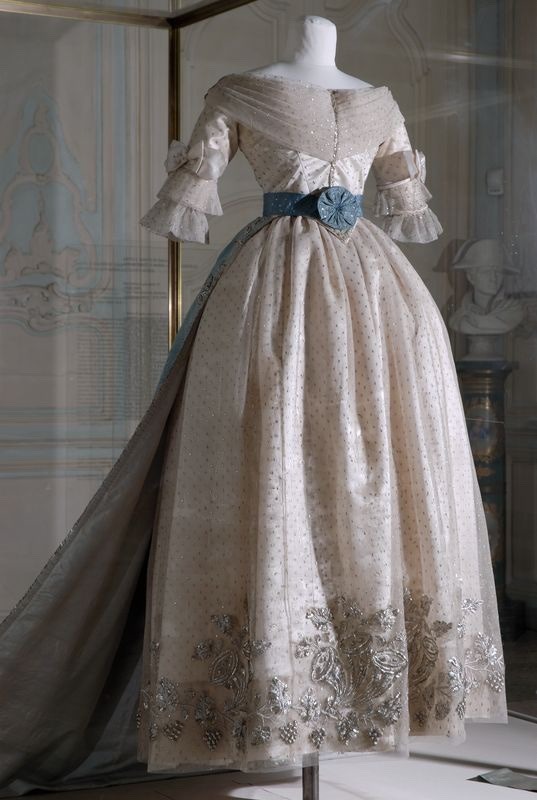

Gown and train of Marie Louise of Austria, second wife of Napoleon Bonaparte
(Bust of Napoleon and painting of Marie Louise in the background)
Museo Glauco Lombardi
#this dress looks way better here than in the painting for some reason lol#Museo Glauco Lombardi#dress#gown#1800s#19th century fashion#train#ball gown#Parma#Italy#Marie Louise#marie-louise#Marie Louise of Austria#napoleonic#Austria#Habsburg#habsburgs#history of fashion#fashion history#historical fashion
311 notes
·
View notes
Text
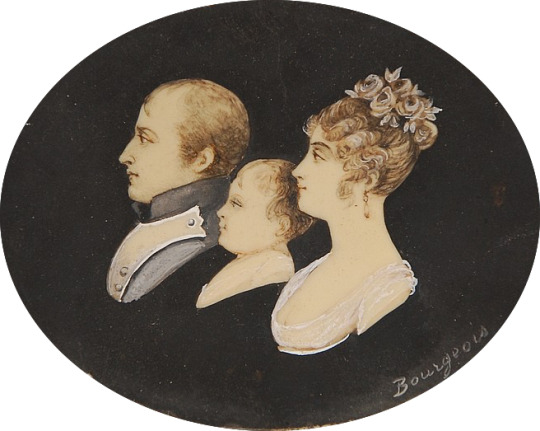
Miniature of Napoleon, Marie Louise of Austria, and their son Napoleon II.
30 notes
·
View notes
Text
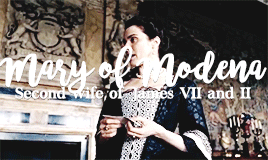




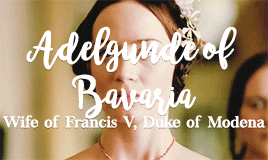



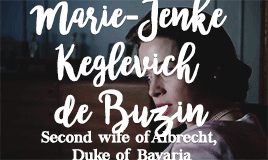
spouses of jacobite pretenders/heir-general of the Stuart pretenders during their tenure
#historyedit#history#weloveperioddrama#weloveperioddramaedit#mary of modena#adelgunde of bavaria#countess maria draskovich de trakostjan#countess marie jenke keglevich de buzin#francis iv#ludwig iii#antonia of luxembourg#louise of stolberg gedern#maria clementina sobieska#maria theresa of austria este#my gifs#my gifsets
56 notes
·
View notes
Text
collab with the queen @abigaaal ✨
#polls#my polls#tatiana nikolaevna#romanov#romanovs#elisabeth feodorovna#princess elisabeth of hesse#princess victoria eugenie of battenberg#queen victoria eugenie of spain#princess margaret#princess viktoria louise of prussia#empress elisabeth of austria#queen Marie of Romania#princess louise#duchess of argyll#queen alexandra#victoria princess royal#empress Victoria of Germany#royal women#Hot#abigaaal#collab
7 notes
·
View notes
Photo
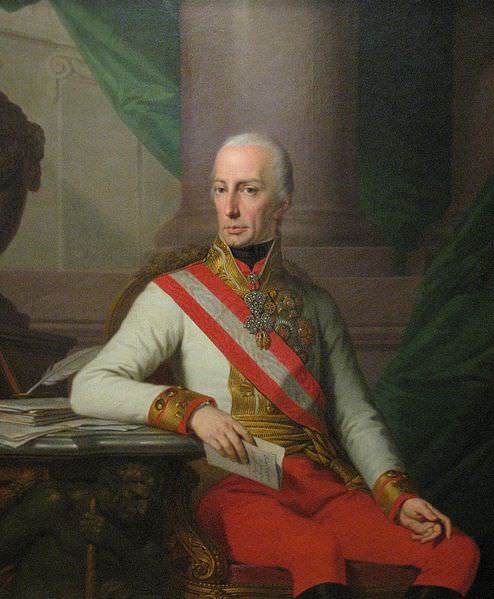
Francis I of Austria (Francis II, Holy Roman Emperor) was born on 12 February 1768 in Florence. Francis was the eldest son of Leopold, Grand Duke of Tuscany and future Holy Roman Emperor, and Archduchess Maria Louisa of Spain. Marie Antoinette was his father’s younger sister.
Francis inherited the imperial throne on March 1, 1792, at the age of 24. As a monarch, he was an unwavering absolutist. He feared calls for liberty and equality, and strongly opposed the influence of revolutionary thought in Austria. European liberals deemed him a tyrant.
Francis’s son-in-law, Napoleon, called him "a good and religious man, but a blockhead occupied only with botany and gardening." Clemens von Metternich wrote of Francis’s “immovable strength of character.”
Francis died on 2 March 1835 of a sudden fever. He was 67 years old. His tomb is in the Habsburg Imperial Crypt in Vienna.
For more about his life, including why he married his daughter (Archduchess Marie Louise) off to Napoleon, see “Francis I of Austria, Napoleon’s Father-in-Law.”
#francis i#napoleon#marie louise#napoleonic#austria#austrian history#holy roman emperor#holy roman empire
35 notes
·
View notes
Text

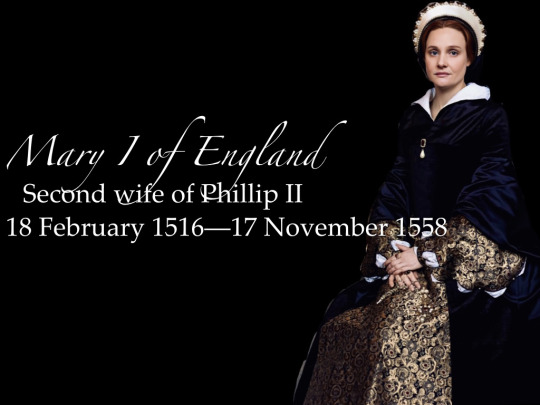




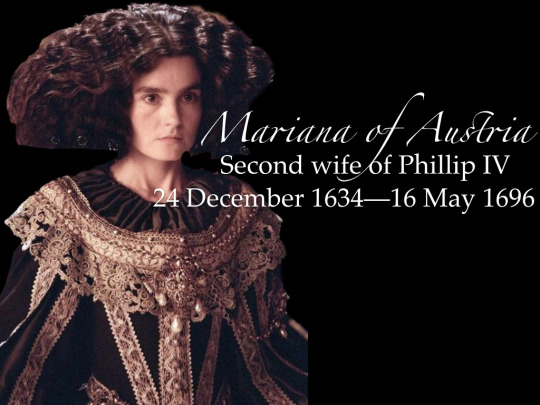

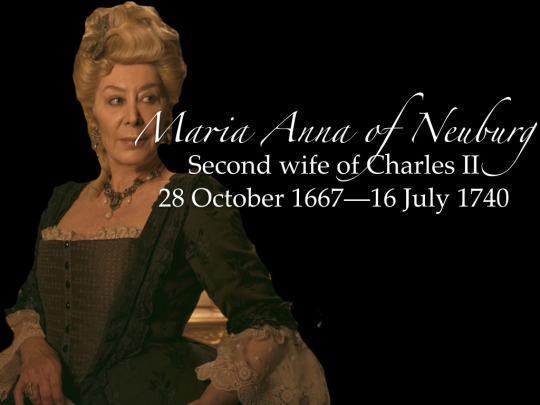
Spanish consorts of the House of Habsburg
(requested by anonymous)
#mine#my edit#history#spanish history#house of habsburg#habsburg family#isabella of portugal#mary i#elisabeth of valois#anna of austria#margaret of austria#elisabeth of france#mariana of austria#marie louise d’orléans#maria anna of neuberg#request
40 notes
·
View notes
Text
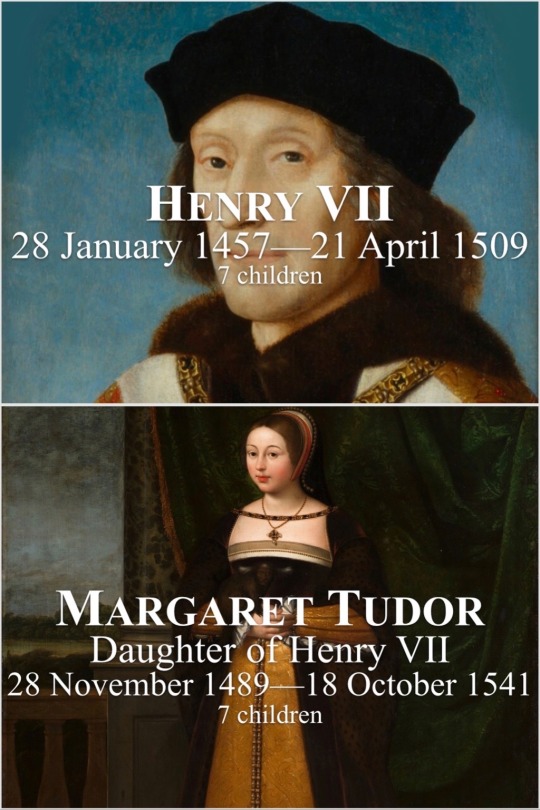



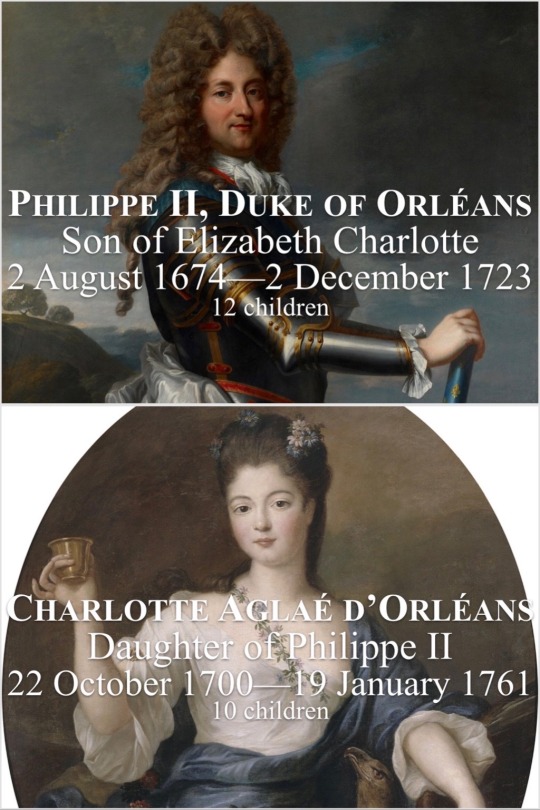
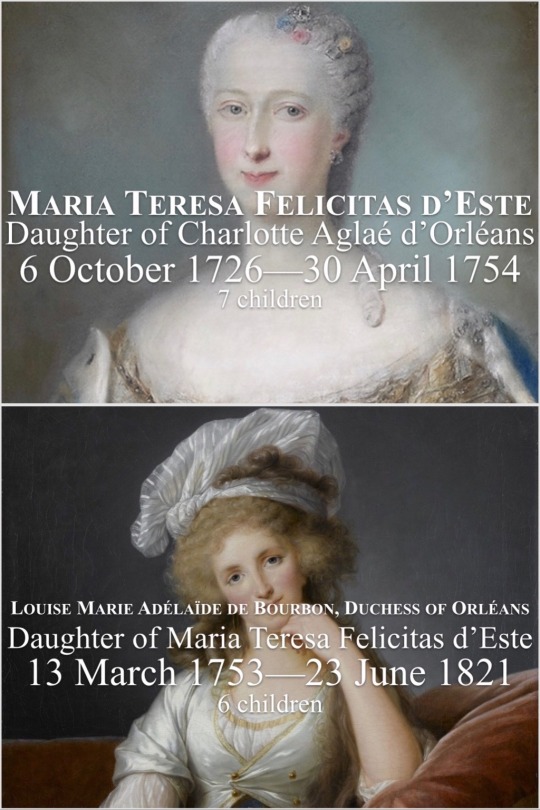




Descendants of the Tudors
#descendants of the tudors#henry vii#margaret tudor#james v#mary queen of scots#james vi and i#elizabeth stuart#charles i louis#elizabeth charlotte madame palatine#philippe ii duke of orléans#charlotte aglaé d’orléans#maria teresa felicitas d’este#louise marie adélaïde de bourbon#louis philippe i#ferdinand philippe duke of orléans#prince philippe count of paris#princess hélène of orléans#margherita archduchess of austria este#prince amedeo duke of aosta#prince lorenz#princess laetitia maria
4 notes
·
View notes
Text

A mythological portrait of King Louis XIV and the French royal family by French painter Jean Nocret.
#king louis xiv#philippe duke of orleans#henriette anne stuart#anne marie louise of orleans#queen henrietta maria#anne of austria#maria theresa of spain#louis grand dauphin#marie therese madame royale#philippe charles duke of anjou#marguerite louise of orleans#elisabeth marguerite of orleans#francoise madeleine of orleans#royal painting#art
14 notes
·
View notes
Photo



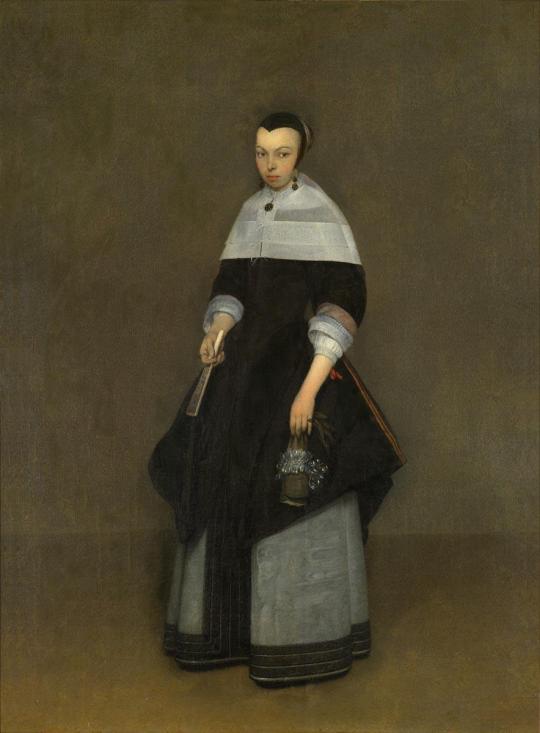

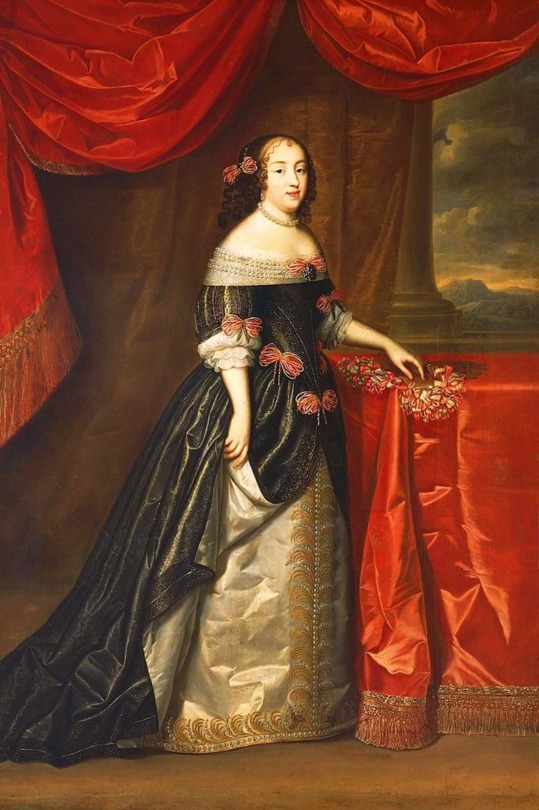

Baroque era dress (from top to bottom) -
Maria Leopoldine of Austria, Holy Roman Empress, 1632-1649 by Justus Sustermans (location ?). From tumblr.com/blog/view/catherinedefrance; erased spots & cracks w Pshop 2048X2579 @72 1.8Mj.
1655 Anna María Luisa de Orléans by Charles Beaubrun and Henri Beaubrun (Prado). From tumblr.com/blog/view/roehenstart; removed obvious spots & flaws in background w Pshop 1502X1858 @72 976kj.
Young aristocrat by Joachim von Sandrart (Hampel - 30Jun22 auction Lot 338). From invaluable.com-auction-lot-joachim-von-sandrart-1606-frankfurt-am-main-1688--338-c-35f4b3f83e 1330X1696 @72 3.2Mp 1330X1696 @72 3.2Mp.
1661 Lady by Gerard ter Borch (State Pushkin Museum of Fine Arts - Moskva, Russia). From tumblr.com/blog/view/shewhoworshipscarlin 884X1200 @72 205kj.
Marie Therese, Queen of France (1638-1683) attributed to Jean Nocret (Hermitage Fine Art - 8Jul20 auction Lot 573). From invaluable.com/auction-lot/jean-nocret-1615-1672-attributed-to-marie-therese-573-c-aa342d1aff 1000X1361 @72 231kj.
Marguerite Louise d'Orléans, Grand Duchess of Tuscany (1645-1721) by Henri and Charles Beaubrun (location ?). From tumblr.com/blog/view/roehenstart 1064X1600 @72 358kj.
ca. 1672-1675 Maria Isabella Capranica Cerri by Jacob Ferdinand Voet (Palazzo Chigi - Roma, Italy). From tumblr.com/blog/view/history-of-fashion; erased spots w Pshop 480X612 @72 107kj.
#Baroque fashion#Louis XIV fashion#1650s fashion#1660s fashion#1770s fashion#Maria Leopoldine of Austria#Justus Sustermans#Anna María Luisa de Orléans#Beaubrun#Beaubrun brothers#Joachim von Sandrart#Gerard ter Borch#Queen Marie Therese#Jean Nocret#Marguerite Louise d'Orléans#Maria Isabella Capranica Cerri#Jacob Ferdinand Voet#straight hair side curl coiffure#collar#bertha#lace bertha#hair ribbons#V waistline#full skirt.
12 notes
·
View notes
Photo

The Cōmodo: Where A Modern Alpine Resort Meets Mid-Century Nostalgia
The post The Cōmodo: Where A Modern Alpine Resort Meets Mid-Century Nostalgia appeared first on IGNANT.
https://www.ignant.com/2023/03/06/the-comodo-where-a-modern-alpine-resort-meets-mid-century-nostalgia/
#Sleep#Travel#Austria#Badgastein#Clemens Poloczek#cōmodo#longreads#the cōmodo#Marie-Louise Schmidlin#IGNANT
0 notes
Text














taylor swift lyrics x colors x textiles in art – gold
Tied Together with a Smile – Taylor Swift // Portrait of Archduchess Maria Magdalena of Austria – Frans Pourbus the Younger 💛 The Best Day – Fearless // Amarillis Crowning Mirtillo – Jacob van Loo 💛 Castles Crumbling – Speak Now // Madame Sophie of France – Jean-Marc Nattier 💛 State of Grace – Red // Louise, Queen of the Belgians, as Marie de Bourgogne – Jean Baptiste Madou 💛 End Game – Reputation // Princess Louisa Maria Teresa Stuart – Alexis Simon Belle 💛 So It Goes… – Reputation // King Gustav III of Sweden and His Brothers – Alexander Roslin 💛 Dancing with Our Hands Tied – Reputation // Noble Lady – Moritz Stifter 💛 Dress – Reputation // Portrait of Jemima Crew, Countess of Kent – Workshop of Godfrey Kneller 💛 Daylight – Lover // Portrait of Frances Theresa Stuart, Duchess of Richmond and Lennox – Peter Lely 💛 invisible string – folklore // Princess Margareta – Oscar Björck 💛 invisible string – folklore // Portrait of Eleanor Maria Josepha of Austria – Benjamin Block 💛 gold rush – evermore // Portrait of Doge Francesco Venier – Titian 💛 coney island – evermore // Portrait of Princess Louise Marie of France – attributed to François-Hubert Drouais 💛 long story short – evermore // King Gustav III of Sweden – Alexander Roslin
#taylor swift debut#taylor swift self titled#fearless taylor swift#fearless taylor’s version#fearless#red taylor swift#red taylor’s version#red tv#red#reputation taylor swift#reputation album#reputation#lover taylor swift#lover#lover album#folklore album#folklore#folklore ts#folklore taylor swift#evermore ts#evermore taylor swift#evermore album#evermore#taylor swift#gold#art history#taylor swift lyrics x colors x textiles in art#long post
174 notes
·
View notes
Text
Actual live footage of Marie Louise meeting Napoleon after complaining about having to marry the Corsican ogre, circa 1810:

#okay she was literally writing letters on the carriage to France about how miserable she was#then she met him and thought he was handsome and instantly changed her mind#told her friends he was ‘fetching’#told her father that he was the most devoted husband ever#like she really thought he’d be ugly and when he wasn’t she was happy#Marie Louise#Marie Louise of Austria#Napoleon#napoleon bonaparte#napoleonic#napoleonic era#first french empire#french empire#France#history memes#history
66 notes
·
View notes
Text

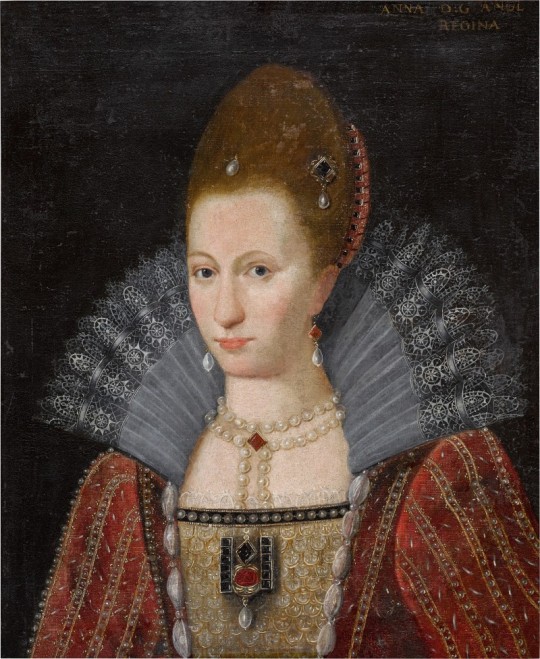
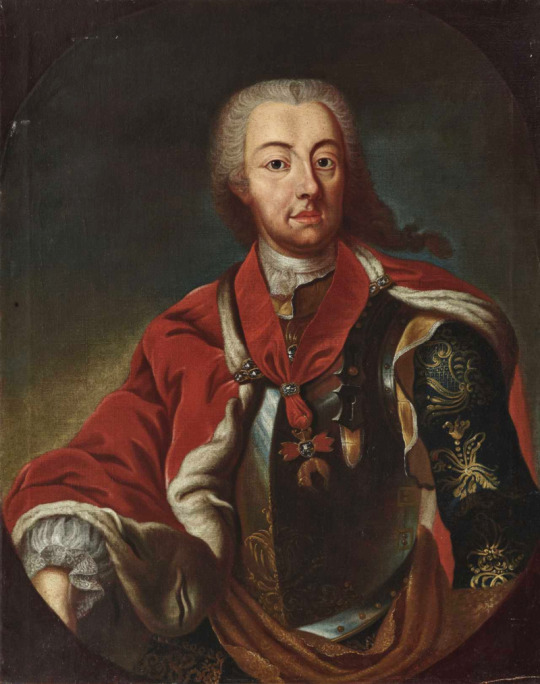
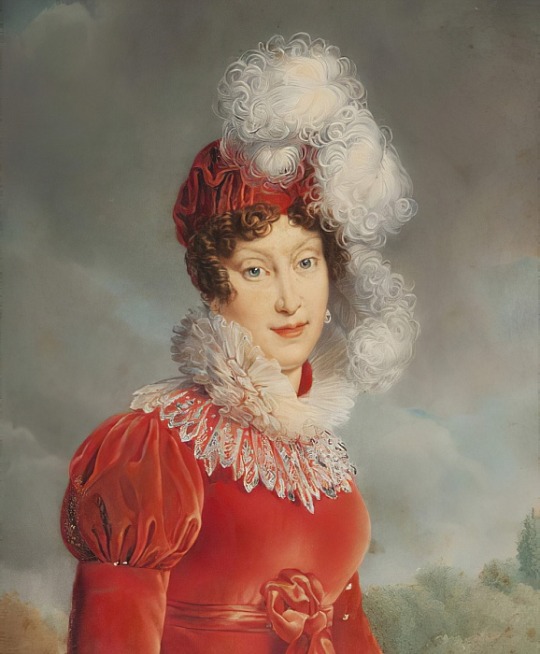
Royal Birthdays for today, December 12th:
Albert II, Duke of Austria, 1298
Anne of Denmark, Queen of England/Ireland/Scotland, 1574
Charles Alexander of Lorraine, Governor of the Austrian Netherlands, 1712
Marie Louise of Austria, Empress of the French/Duchess of Parma, 1791
#albert ii#anne of denmark#charles alexander of lorraine#marie louise of austria#royal birthdays#long live the queue
13 notes
·
View notes
Text
The updated list of nominees so far:
France:
Jean Lannes
Josephine de Beauharnais
Thérésa Tallien
Jean-Andoche Junot
Joseph Fouché
Charles Maurice de Talleyrand
Joachim Murat
Michel Ney
Jean-Baptiste Bernadotte (Charles XIV of Sweden)
Louis-Francois Lejeune
Pierre Jacques Étienne Cambrinne
Napoleon I
Marshal Louis-Gabriel Suchet
Jacques de Trobriand
Jean de dieu soult.
François-Étienne-Christophe Kellermann
Louis Davout
Pauline Bonaparte, Duchess of Guastalla
Eugène de Beauharnais
Jean-Baptiste Bessières
Antoine-Jean Gros
Jérôme Bonaparte
Andre Masséna
England:
Richard Sharpe (The Sharpe Series)
Tom Pullings (Master and Commander)
Arthur Wellesley, 1st Duke of Wellington
Jonathan Strange (Jonathan Strange & Mr. Norrell)
Captain Jack Aubrey (Aubrey/Maturin books)
Horatio Hornblower (the Hornblower Books)
William Laurence (The Temeraire Series)
Austria:
Klemens von Metternich
Friedrich Bianchi, Duke of Casalanza
Franz I/II
Archduke Karl
Marie Louise
Poland:
Wincenty Krasiński
Józef Antoni Poniatowski
Józef Zajączek
Maria Walewska
Russia:
Alexander I Pavlovich
Alexander Andreevich Durov
Prince Andrei (War and Peace)
Pyotr Bagration
Mikhail Miloradovich
Levin August von Bennigsen
Prussia:
Louise von Mecklenburg-Strelitz
Gebard von Blücher
Carl von Clausewitz
Frederick William III
Gerhard von Scharnhorst
Louis Ferdinand of Prussia
Friederike of Mecklenburg-Strelitz
The Netherlands:
Ida St Elme
Wiliam, Prince of Orange
The Papal States:
Pius VII
#napoleonic sexyman tournament#there is something mildly funny about the English being overwhelmingly fictional Englishmen#and Wellington
54 notes
·
View notes
Text
long post, because i'm confused and need help from my mutuals.

this. this really confused me. more well-read mutuals help me if you can:

i'm mostly sure "suggesting a constitutional monarchy" was not the sole reason de gouges was arrested, tried, and executed, and it could not be the main reason. jean-paul marat was once a supporter of constitutional monarchy. Supplément de l’Offrande à la patrie did end with a message of hope for louis xvi to sort every grievance out while still being king. (and it was not just marat, this support for constitutional monarchy was widespread before louis xvi made the questionable decision to attempt to flee the country.) de gouges was executed after louis capet was, and the possibility of having a constitutional monarchy by then was certainly not as high.
i'm not so sure about what is meant by "anarchist beheadings". beheading as a method of execution is not anarchist on its own. beheading existed before frev, as did many, many other types of executions. the english did in ireland some of those other types of executions during the last 10 years of the 18th century, that is to say, at the same time as the frev happened. and we do not use the word "anarchist" to describe english attempts at disproportionately criminalising the irish. so putting the word "anarchist" immediately next to "beheadings" is something i genuinely cannot figure out on my own.

national assembly (20 Jun - 9 Jul 1789),
national constitutional assembly (the one that michel lepeletier worked in, 9 Jul 1789 - 30 Sep 1791),
legislative assembly (the one that made divorce far more accessible than before, 1 Oct 1791 - 20 Sep 1792),
and the national convention (21 Sep 1792 - 26 Oct 1795).
i don't think there was 1 position on the rights of women in any of these four. afaik the jacobins themselves were divided on how much social equality women could achieve. and the brissotins made the questionable decision to declare war on austria, which did not just mean that a very disorganised army was to be put into action, but that working-class women's lives were then affected by inflation and possible hoarding-and-profiteering of grains and of necessities.
again i have much more reading to do on this one.

many more women (e.g. louise-renée leduc, claire lacombe, pauline léon, théroigne de méricourt, félicité fernig, théophile fernig) had more stakes in the frev than de gouges did. often they would put their very lives on the line. their perceived femininity was not their primary concern, e.g. the fernig sisters kept being soldiers even when other soldiers were aware that they were women.
maybe as a tangent: mary wollstonecraft, despite her criticism towards the frev, was still much, much more welcoming of the frev than her theoretical opponent, edmund burke, and her A Vindication of the Rights of Woman was translated into french within a year of being published. wollstonecraft lived in paris from 1792 to 1795, and was not persecuted (partly due to the protection of an american man, but still if any suspicion came upon wollstonecraft, it would be because she was english, not because she was a woman or a feminist thinker).
with the exception of leduc, every woman mentioned here died after 1793. now i am aware that this is a small sample size, and misogyny definitely existed during the 18th century (not surprisingly), but i cannot find in any primary source evidence suggesting the existence of a systematic exclusion of outspoken women or women of action or feminist thinkers.
i am aware that suffrage and/or being part of the national assembly (later national constituent assembly, later legislative assembly, later national convention) were not the only ways of participating in politics. working-class women in the 18th century not having the right to vote was sad when compared to working-class women in the 21st century having this right. but they were allowed to influence the men in their communities to vote, which was fortunate when compared to the lack of the right to vote in general in the old regime.

my general grasp so far is that, any kind of written or spoken output during the frev had very real risks attached, because literacy was quite low, and many "readers" of newspapers or pamphlets heard the contents by others retelling what was read out at cafés. spreading misinformation, or using gross invectives as marat called it, was not just unhelpful, but possibly damaging to the organisation of the urban poor.
now personally i do not believe that de gouges deserved to be executed, but that is because i do not believe anybody deserved or deserves to be executed. (that's for a different post.)
if male journalists such as hébert were losing their lives for misleading their readers and for unnecessary verbal violence, however, then de gouges being subjected to similar levels of scrutiny was a sign of equality -- for men and women of letters at the very least.
voting rights for women being granted only in the 1940s was
a) still a good thing. that it happened at all was a good thing. that it is still here is a good thing.
and
b) the result of feminist thoughts coinciding with economic and political realities. between the frev and the 1940s were three republics and two empires, and it would be reductive to blame what was delayed until the 1940s solely on the frev. feminism, as a group of schools of thoughts, did not doom itself because de gouges died.
and
c) still not equality yet. voting allows, but only allows, more women to think about the state that exercises disproportionate power over them, and to describe this state, and to study this state. i am reminded of a quote from dear Karl here.
33 notes
·
View notes
Text
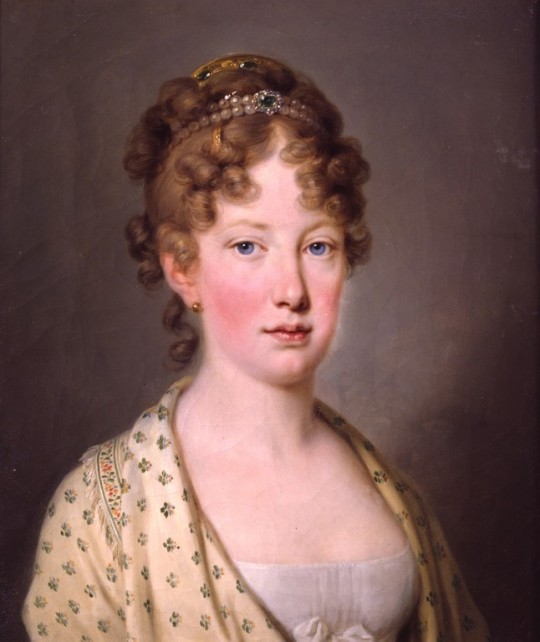
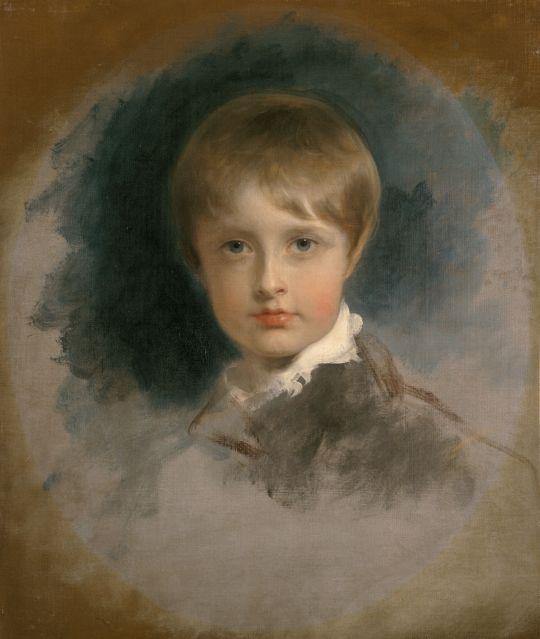
Marie Louise’s sister Leopoldine kept her fully supplied with news of her nephew, whom she described as “life incarnate.” The little Prince [Napoleon II] seems to have been very fond of the future Empress of Brazil. She found this “very flattering” and could have “played with him for hours on end.” “Yesterday I had a delightful experience,” she wrote on July 31, “for he called me and I had to go and join him in the garden, where he told me a story of which I did not understand a word, as he had a big croissant in his mouth”.
(...) The delightful and little-known Leopoldine, the future Empress of Brazil, had also promised her sister to watch over “Franz,” whom she considered “too sweet for words,” and to protect him “against the spiteful remarks which are already being made about him.” Certain members of the Court chose in fact to regard him simply as “the Ogre’s son.” “I am always afraid,” wrote Marie Louise, “that people will forget that it is not his fault that he has such a father. . . .” “I am entirely of your opinion,” replied Leopoldine, “and it makes me choke with anger to hear certain self-important people being as spiteful as they can about him to dear Papa [Emperor Franz I]. Neipperg will be able to give you the details, because I have discussed the subject at length with him; as for myself, one of these days I shall certainly place the child officially under my protection.” She was especially critical of the methods employed by Dietrichstein [Napoleon II's tutor], whom she called “the abominable Count Moritz.” She would have liked to see much more of her “adorable” nephew— “Papa’s darling and mine too”— but unfortunately “there are people who will not always allow it, and whose eyes I should like to scratch out.” When the boy, for some reason or other, was prevented from going to play in his little garden, Rainer [Archduke of Austria], faithful to his promise, intervened; and the following month— May, 1816— Leopoldine could tell her sister that Francis was “blooming like a rose” and “taking the air a great deal, in accordance with Uncle Rainer’s prescriptions.”
Castelot, André (1960). King of Rome: a biography of Napoleon's tragic son (translation by Robert Baldick)
#already warming up for next week's poll#leopoldina really was Aunt of the Decade ready to scratch out eyes for her adored nephew#if you stan her you have a MORAL duty to vote for franz. that's what she would've wanted!!!#empress maria leopoldina of brazil#napoleon ii duke of reichstadt
65 notes
·
View notes